Understanding food allergies in cats can be an intricate puzzle for pet owners. By recognizing the signs and symptoms, you can ensure your feline friend remains healthy and happy. This guide is designed to help cat lovers navigate the complexities of food allergies with ease and confidence.
What Are Food Allergies in Cats?
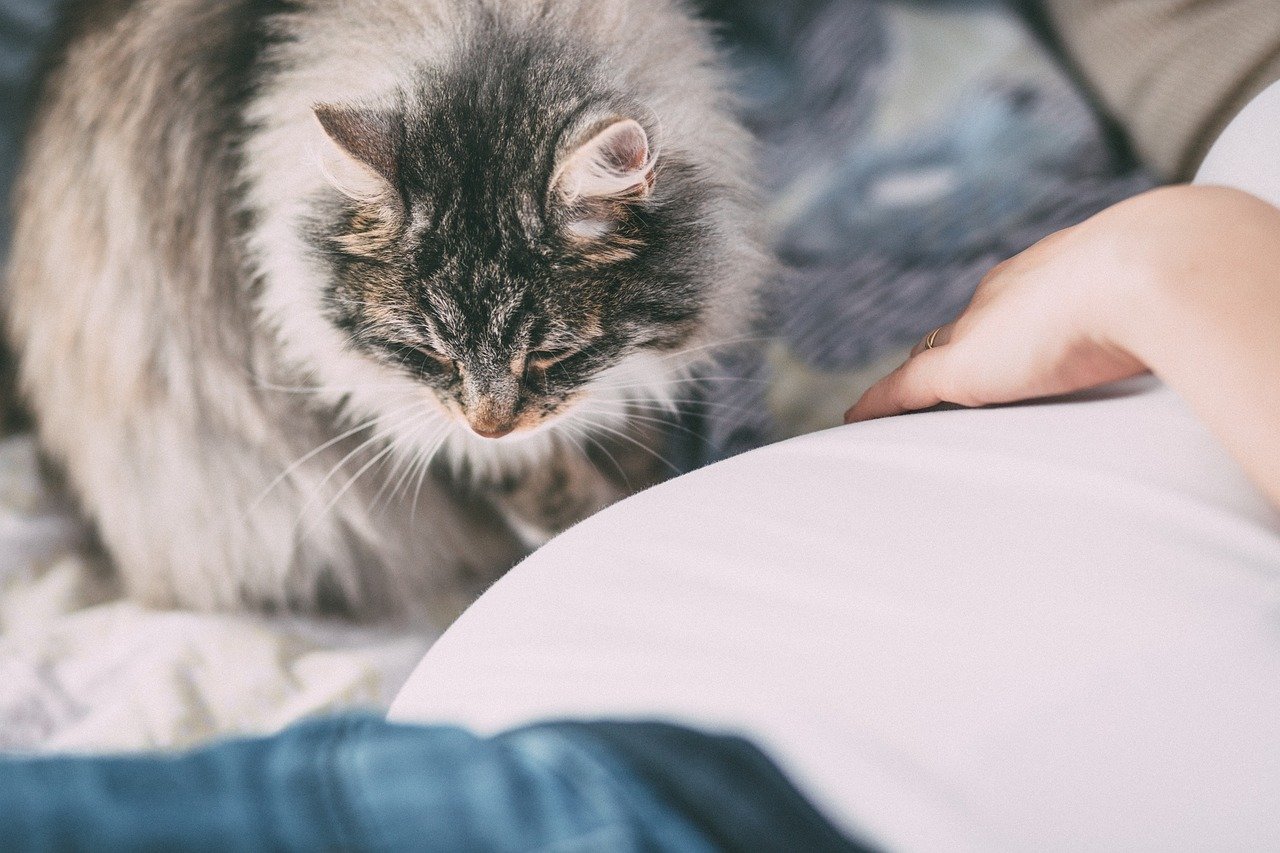
Food allergies in cats occur when their immune system mistakenly identifies a food protein as harmful. This misjudgment triggers a defensive response, leading to a variety of unpleasant symptoms. Just like humans, cats can be allergic to specific foods, which can cause discomfort and health issues. It’s important to understand that food allergies are different from food intolerances, which are more about the digestive system’s inability to process certain foods.
Common Symptoms of Food Allergies
Identifying the symptoms of food allergies in cats is the first step to addressing them. The most common signs include itchy skin, excessive grooming, and persistent scratching. You might also notice red or inflamed skin, especially around the ears and face. Digestive problems such as vomiting or diarrhea are also telltale signs. If you observe these symptoms, it’s a signal to dig deeper.
Identifying the Allergens
Pinpointing the exact allergen causing the problem is crucial. Common food allergens for cats include beef, fish, chicken, and dairy. These ingredients are often found in commercial cat foods, making it tricky to identify the culprit. A food trial, where potential allergens are eliminated, can be an effective way to determine the offending ingredient. It requires patience, as each new diet should be tested for several weeks.
Conducting a Food Trial
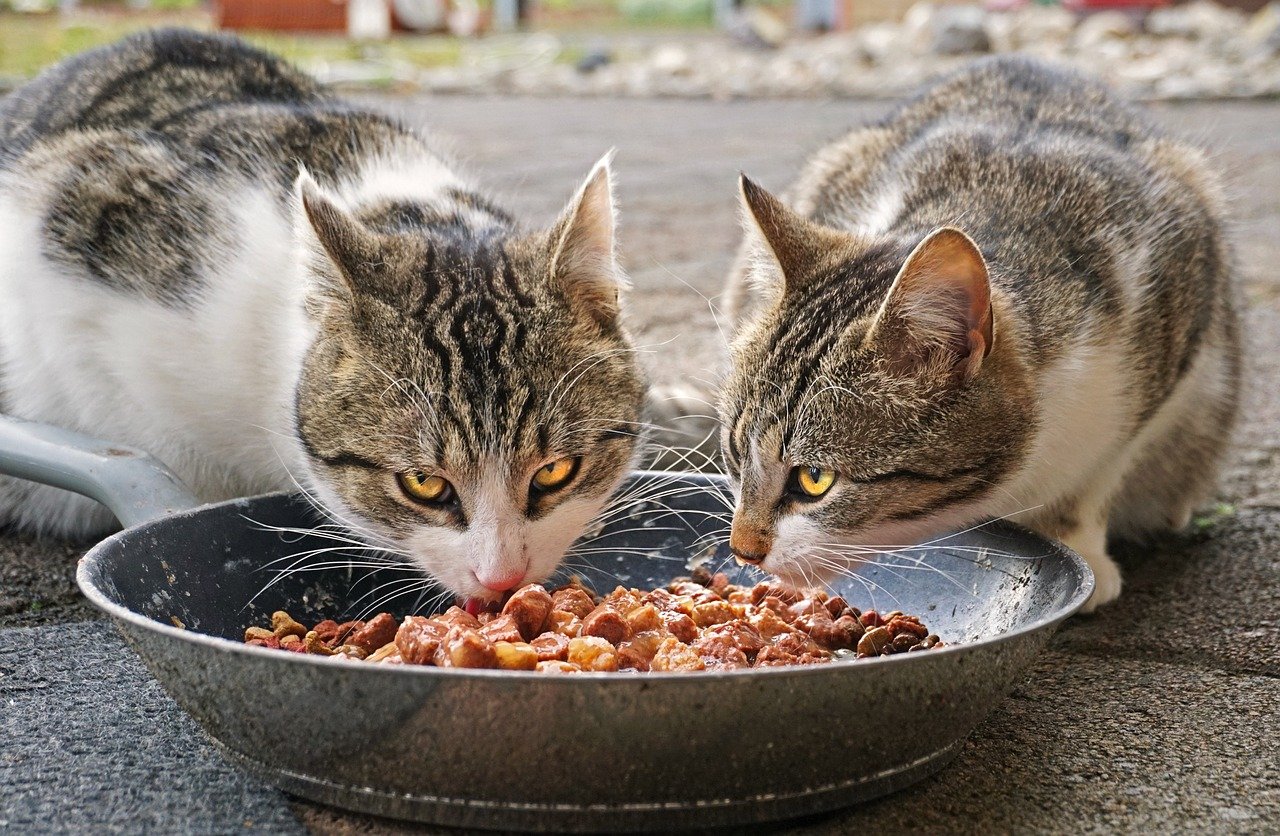
A food trial involves placing your cat on a hypoallergenic diet, usually a novel protein diet, for 8-12 weeks. During this time, it’s essential to avoid giving your cat any treats, flavored medications, or table scraps. The goal is to see if the symptoms subside when the suspected allergens are removed. If there’s improvement, you might reintroduce certain foods one at a time to identify the specific allergen.
Consulting with a Veterinarian
When dealing with food allergies, consulting a veterinarian is invaluable. They can help guide you through the food trial process and may suggest allergy testing. Veterinarians have the expertise to provide dietary recommendations and may prescribe medications to alleviate symptoms during the transition. Regular check-ups ensure your cat’s health is monitored closely.
Alternative Protein Sources
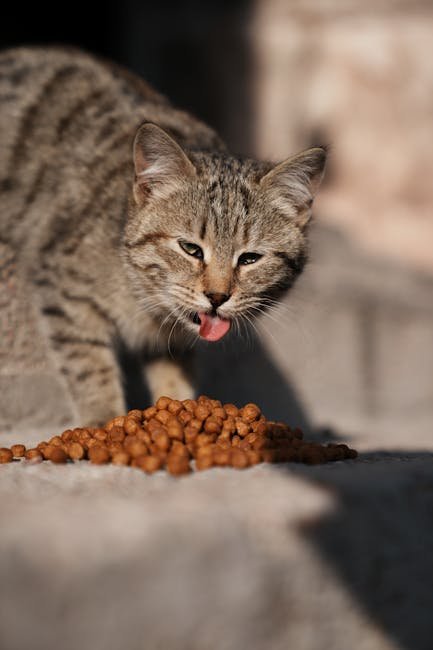
Switching to alternative protein sources can be a game-changer for cats with food allergies. Proteins like duck, rabbit, or venison are less likely to trigger allergic reactions. These novel proteins are not typically found in standard cat diets, reducing the risk of an allergic response. When selecting new foods, ensure they are nutritionally balanced to meet your cat’s dietary needs.
Reading Cat Food Labels
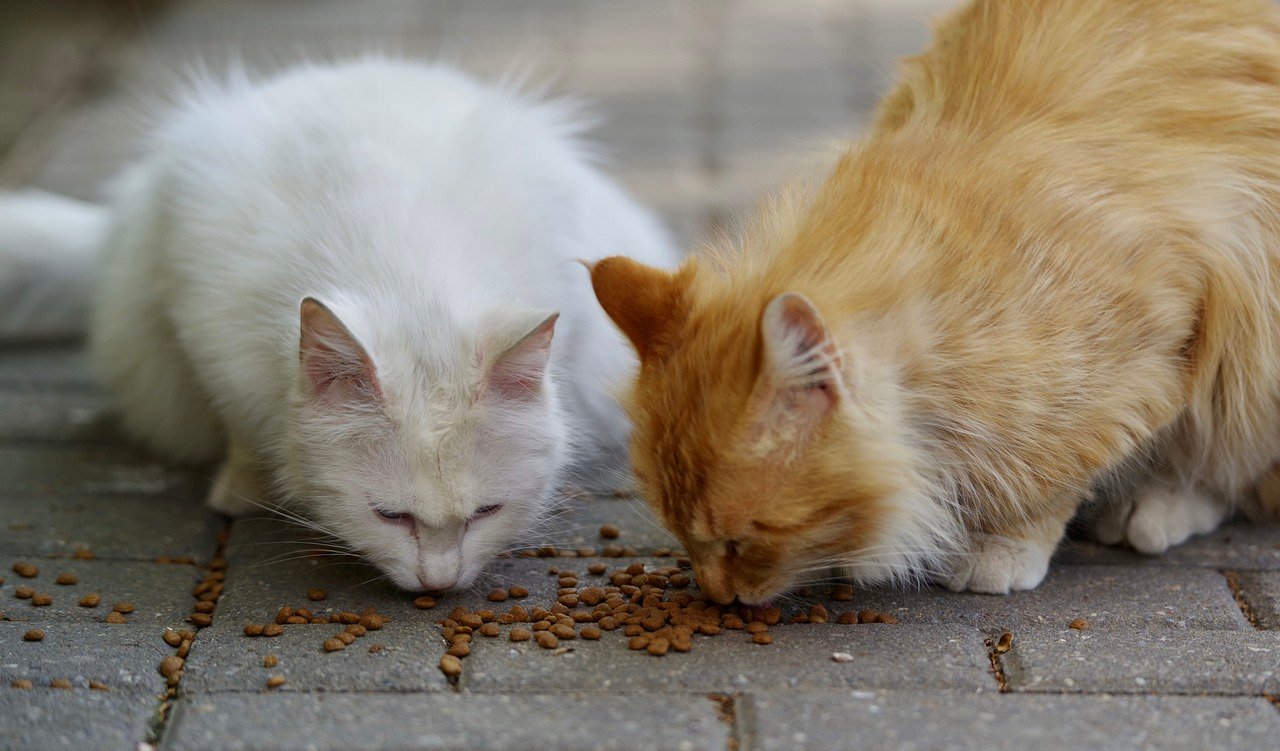
Understanding how to read cat food labels is critical in managing food allergies. Look for complete ingredient lists and be wary of vague terms like “meat by-products.” Opt for foods with clear, specific ingredient lists. Labels that highlight hypoallergenic or limited ingredient formulas can be beneficial, but always verify the claims by checking the actual ingredients.
Homemade Diets for Allergic Cats
Some cat owners opt for homemade diets to control exactly what their pets consume. This approach allows for complete oversight of ingredients, minimizing exposure to allergens. While this can be effective, it’s necessary to ensure the diet is balanced. Consulting a veterinary nutritionist can help craft a diet that provides all essential nutrients without triggering allergies.
The Role of Supplements
Supplements can play a supportive role in managing food allergies. Omega-3 fatty acids, for example, have anti-inflammatory properties that can help soothe itchy, irritated skin. Probiotics might aid in maintaining healthy digestion, especially if gastrointestinal symptoms are present. Always consult your veterinarian before adding supplements to your cat’s diet.
Preventing Future Allergies
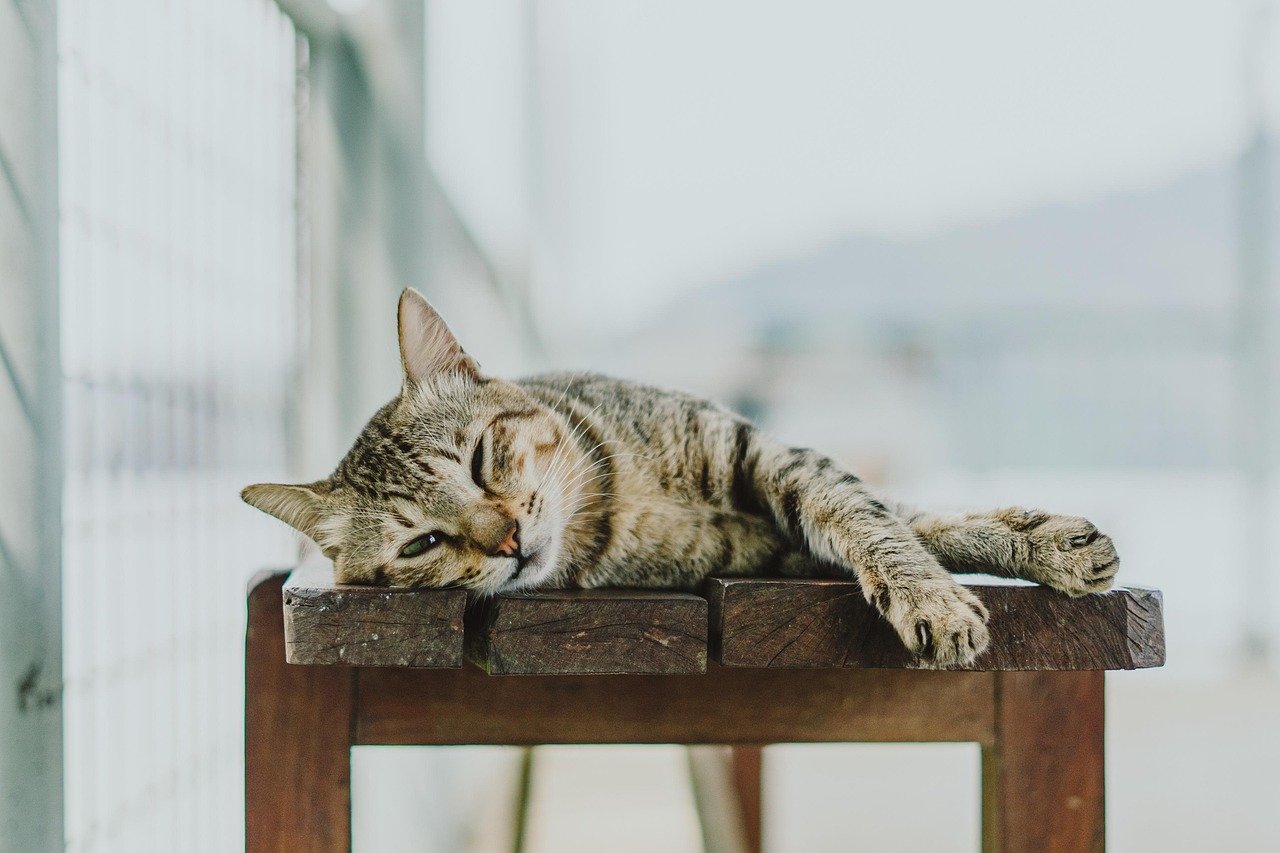
Prevention is better than cure when it comes to food allergies. Introduce new foods gradually and monitor your cat for any adverse reactions. Keeping a food diary can help you track what your cat eats and any symptoms that arise. Regular vet visits will also ensure any potential issues are caught early, keeping your cat healthy and happy.
Understanding Cross-Reactivity
Cross-reactivity occurs when cats allergic to one protein also react to similar proteins. For instance, a cat allergic to beef might also react to lamb. Understanding cross-reactivity can help you avoid similar allergens and choose safer food options. This knowledge is crucial when selecting alternative proteins and formulating hypoallergenic diets.
Behavioral Changes in Allergic Cats
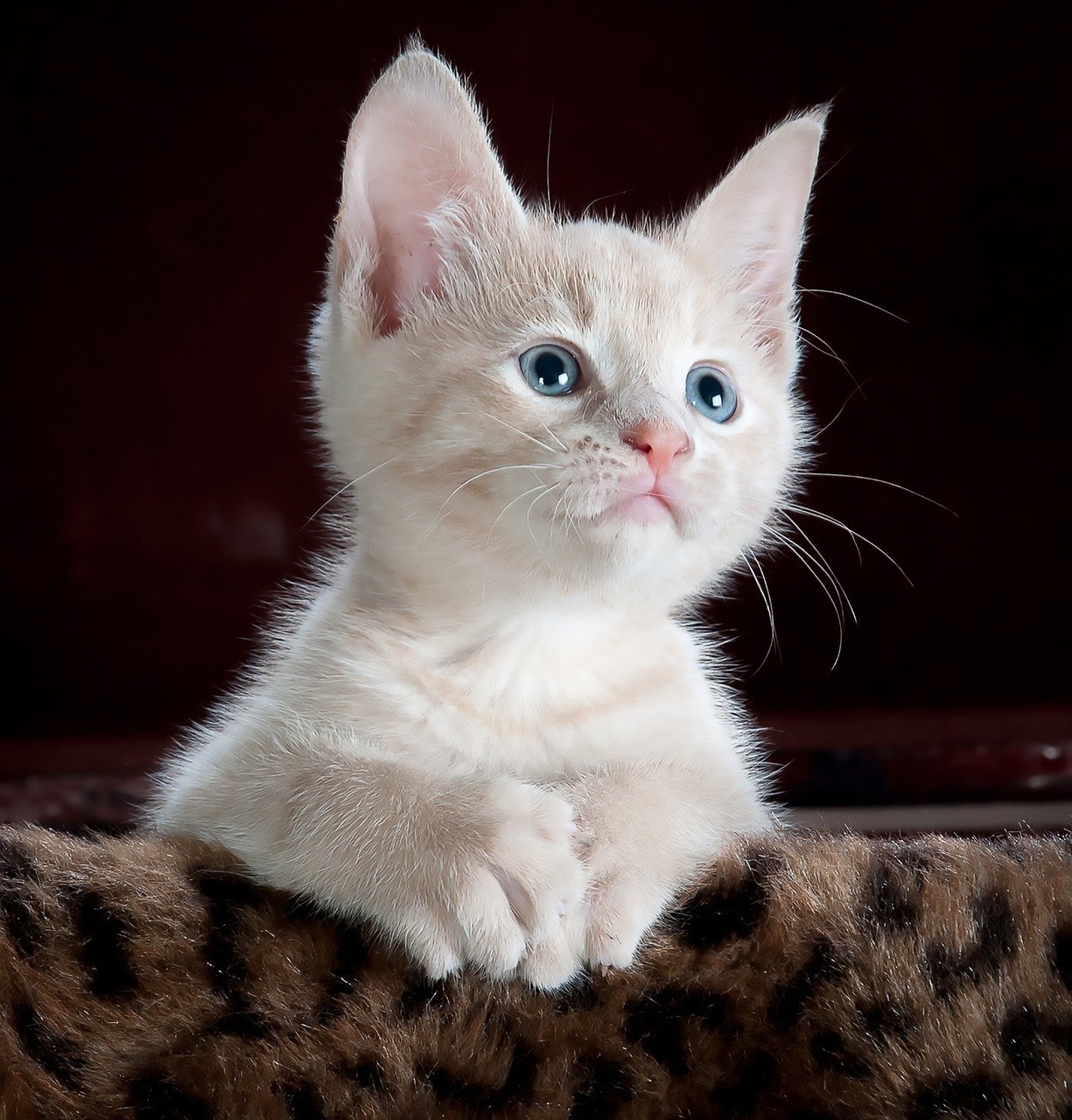
Food allergies can lead to behavioral changes in cats, such as increased irritability or lethargy. The discomfort from allergic reactions can cause stress and affect their mood. Being aware of these changes can help you better assess your cat’s overall well-being. Addressing the root cause of the allergy often results in a happier, more active cat.
The Impact of Environment on Food Allergies
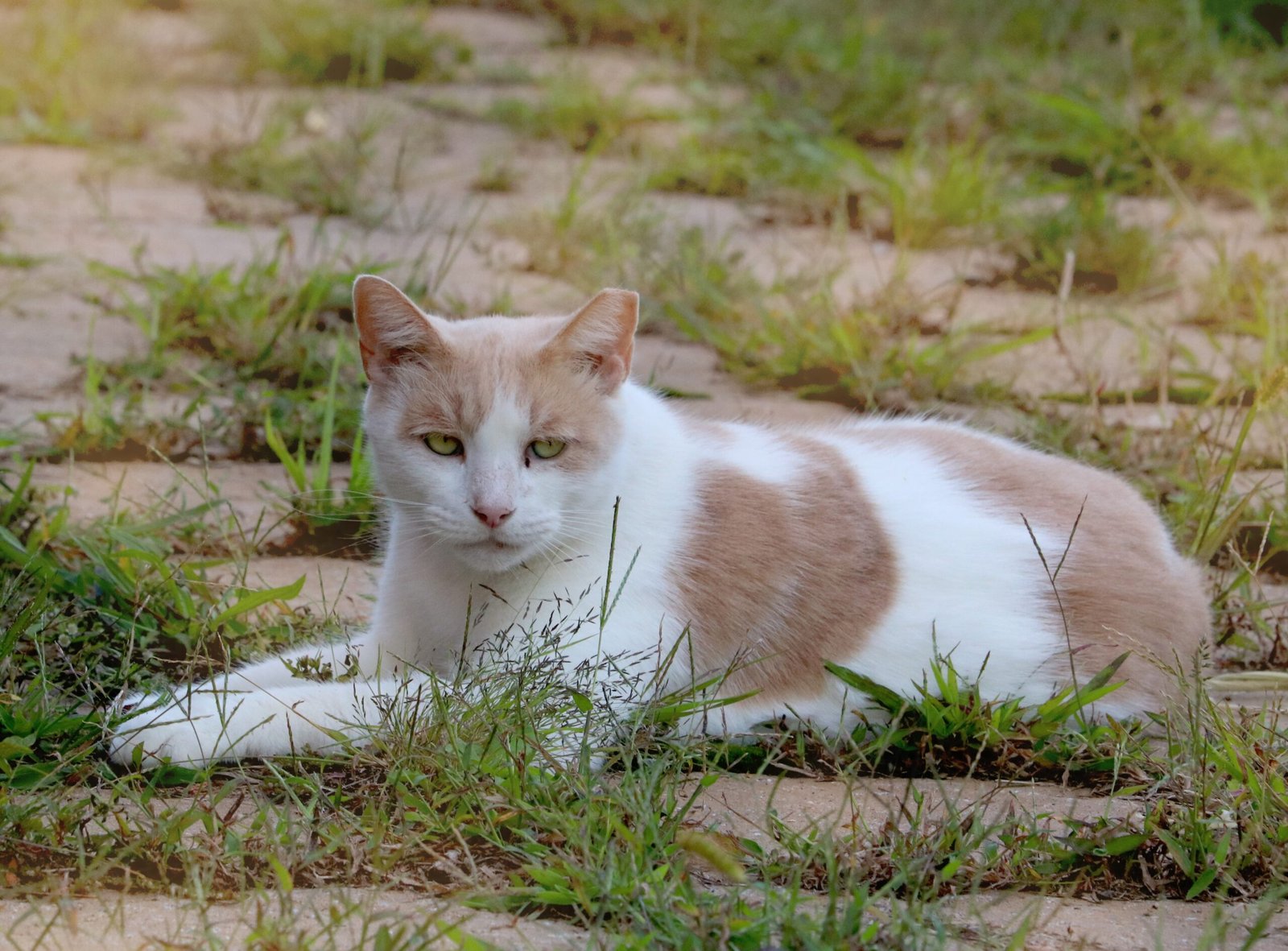
Environmental factors can exacerbate food allergies in cats. Dust, pollen, and other allergens in the home might intensify symptoms. Keeping your home clean and using air purifiers can help lessen the burden on your cat’s immune system. Understanding the interplay between food and environmental allergies can lead to a more comprehensive management strategy.
Long-term Management Strategies
Managing food allergies is often a long-term commitment. Once you identify the allergen, it’s crucial to maintain a diet that avoids it. Regular vet visits for health monitoring and dietary adjustments are essential. Awareness and vigilance are key in ensuring your cat’s continued health and comfort.
Supporting Your Cat Emotionally
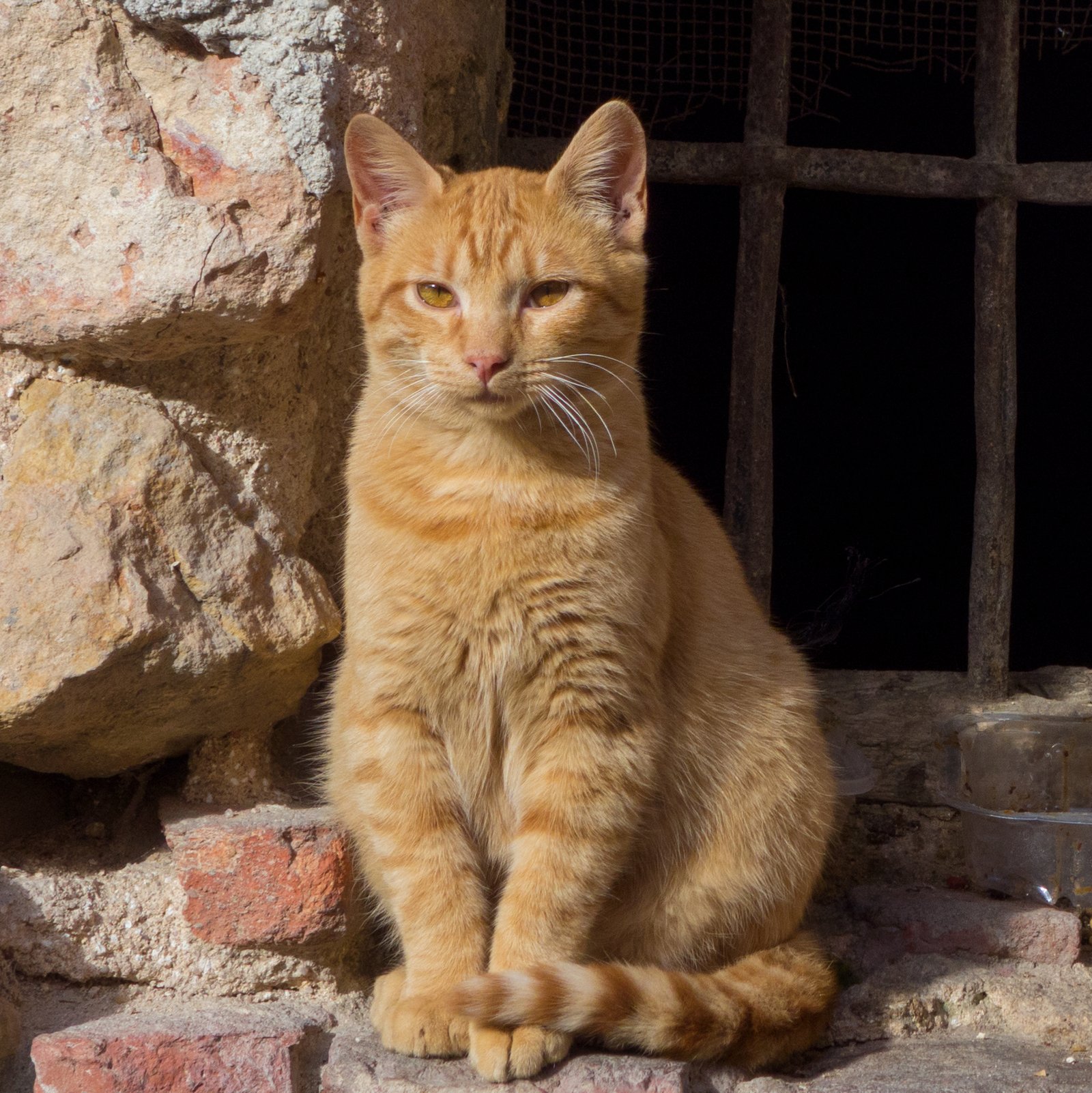
Dealing with food allergies can be challenging for both you and your cat. Providing emotional support, through affection and attention, can help ease your cat’s discomfort. Cats sense their owner’s stress, so maintaining a calm demeanor can positively impact their well-being. Remember, your patience and care contribute significantly to your cat’s recovery journey.
In conclusion, recognizing and addressing food allergies in cats requires a blend of observation, patience, and professional guidance. With the right approach, you can ensure your feline friend enjoys a comfortable, allergy-free life.

Born and bred in South Africa, a Capetonian at heart. Amy-Leigh’s love for nature and animals was inherited from her Dad. He loves taking the family on road trips to experience nature at its finest; Amy-Leigh’s favourite being whale watching in Hermanus and spotting Kudu along the West Coast. Amy-Leigh holds a BA in English Literature and Communication Studies.






